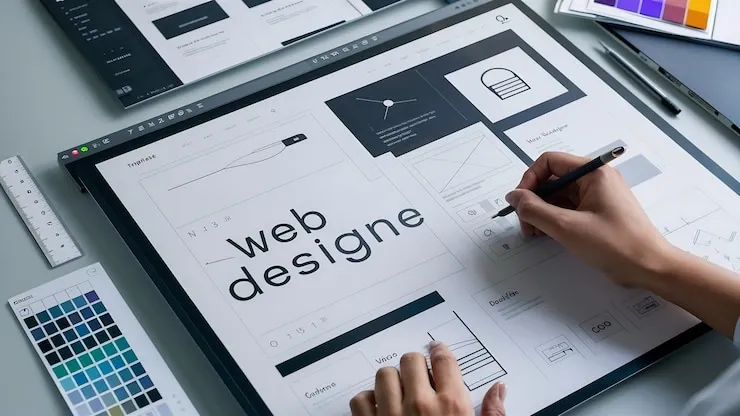
The digital landscape is constantly evolving, and web design trends reflect the changing preferences of users and advancements in technology. Staying ahead of these trends is crucial for creating engaging, modern websites that capture user attention and drive conversions.
Dark mode has become increasingly popular, offering better eye comfort and a modern aesthetic. Many users prefer dark interfaces, especially for content-heavy websites and applications.
Subtle animations and micro-interactions enhance user experience by providing visual feedback and making interfaces feel more responsive and engaging.
This design trend features frosted glass effects with transparency and blur, creating depth and modern visual appeal while maintaining readability.
Clean, uncluttered layouts with plenty of white space continue to dominate, focusing on content and user experience over decorative elements.
Large, bold fonts are being used to create visual hierarchy and make strong statements, often serving as the primary design element.
Three-dimensional graphics and illustrations add depth and visual interest, making websites more engaging and memorable.
As voice technology advances, websites are incorporating voice search and voice navigation features to improve accessibility and user convenience.
Eco-friendly design practices, including optimized images and efficient coding, are becoming more important as environmental awareness grows.
Websites are increasingly using AI to deliver personalized content and experiences based on user behavior and preferences.
With mobile usage continuing to rise, designing for mobile devices first ensures optimal user experience across all platforms.
These trends represent the current state of web design, but the key is to implement them thoughtfully and in ways that enhance user experience rather than following trends for their own sake.